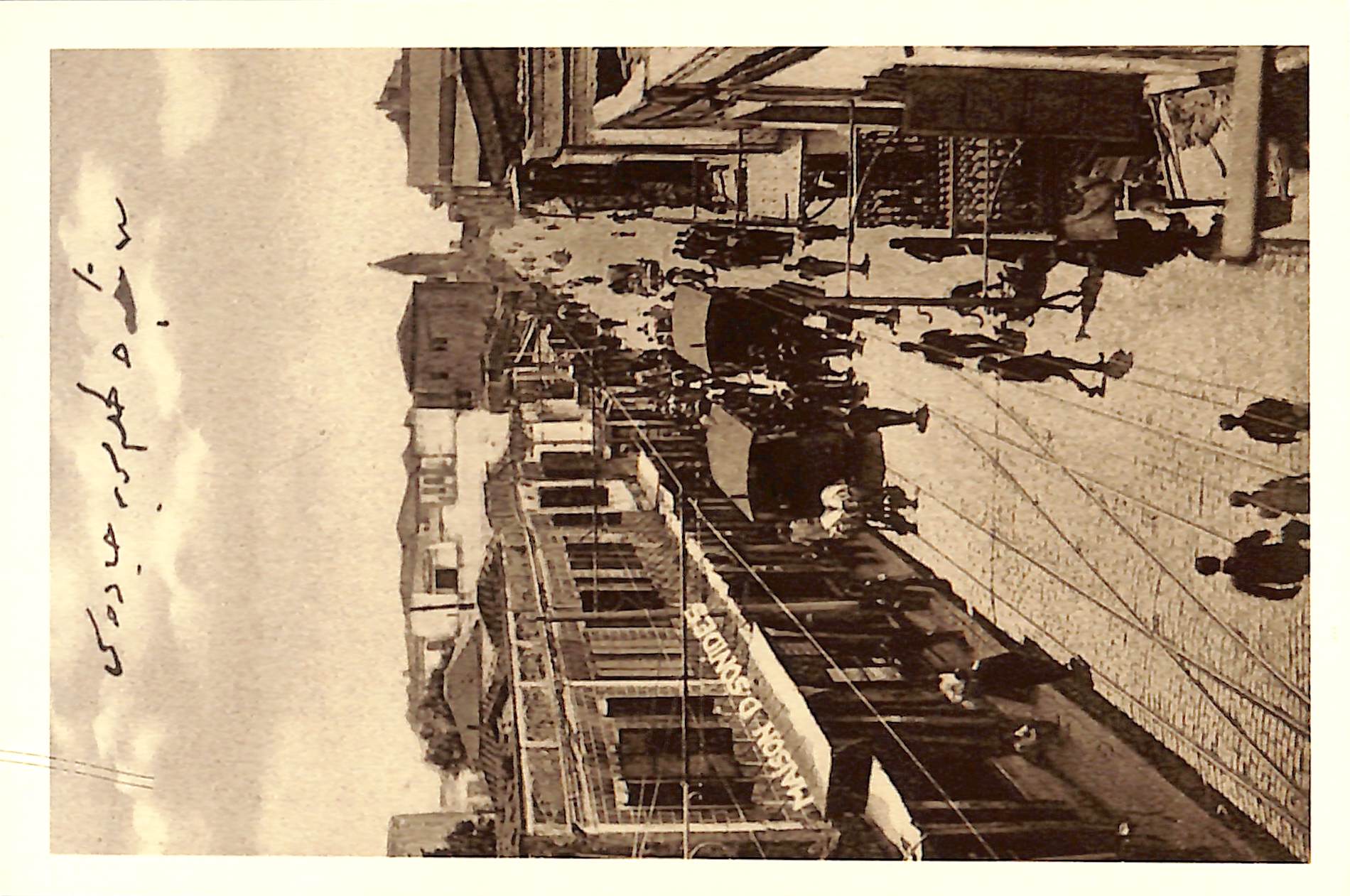
4/28/2025 3:26:23 PM
Egnatia Road of Thessaloniki
From the late 19th to the early 20th century, a major cobblestone road ran through the Arch of Galerius, also known as the Kamara, and featured a double line of horse-drawn trams, while it was later replaced by an electric tram line as part of the modernization efforts carried out by the then-Ottoman administration of Thessaloniki. After Thessaloniki was annexed by the Greek State in 1912, the road was named Megali Egnatia Odos (Great Egnatia Road), in tribute to the ancient Roman road Via Egnatia, which passed near the city. On postcards from the Army of the Orient issued during World War I, the road is also referred to as Alexander the Great's Arch Street, due to a mistaken identification of Galerius' monument as one dedicated to Alexander the Great. During World War I, a cinema operated on Egnatia Street to entertain the Entente soldiers stationed in the city. Following the great fire of 1917, many buildings along the road, including homes and shops, were completely destroyed. This marked the beginning of new construction, which intensified during the interwar period with the rise of redevelopment or “antiparochi” (a system of property exchange), leading to the construction of tall apartment buildings.
Today, Egnatia is a major commercial street in the heart of Thessaloniki. It is spacious, lined with shops and offices, and remains one of the busiest roads in the city. Pictured: Double line of horse-drawn trams on the cobbled Egnatia Odos in Thessaloniki, early 20th century. ©Municipal Photography Museum of Kalamaria ‘Christos Kalemkeris’.

